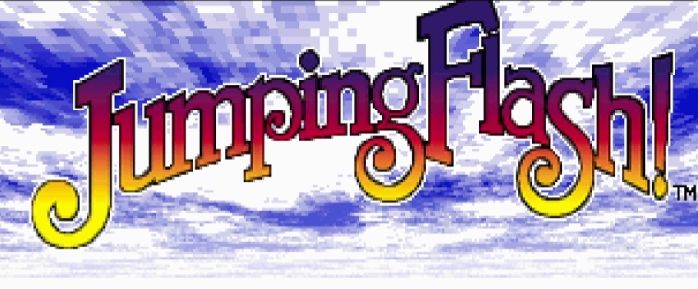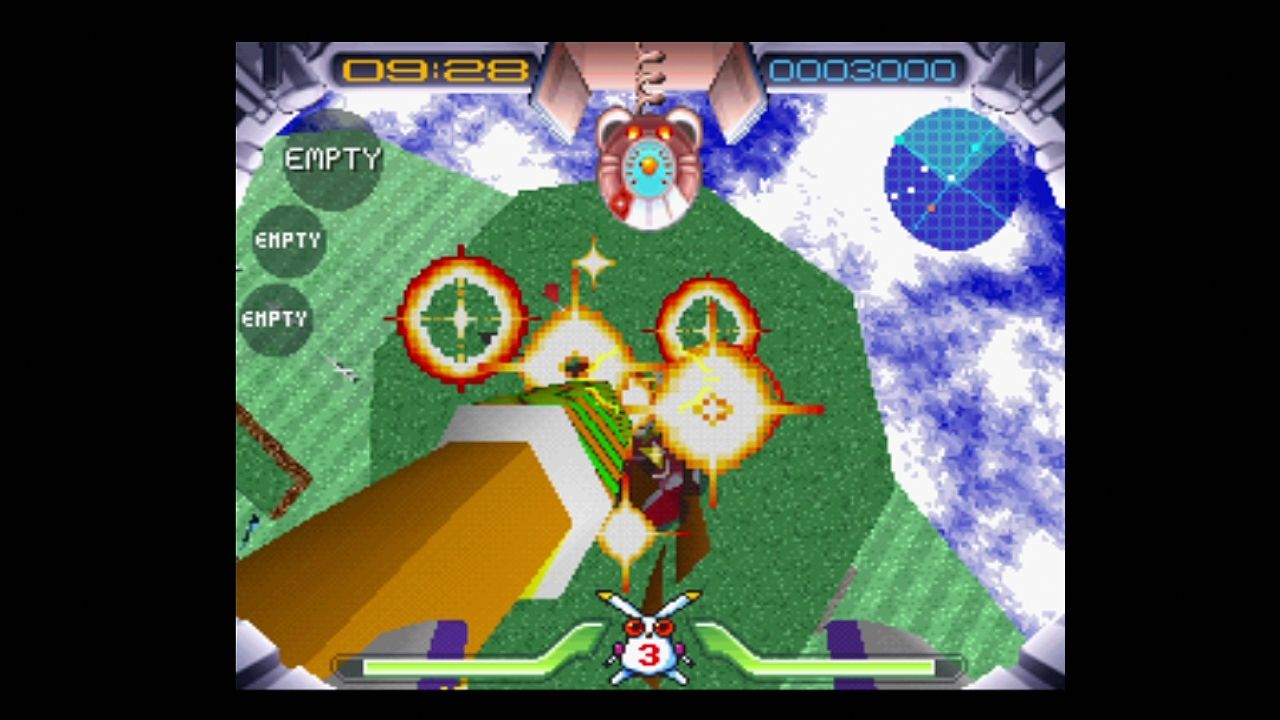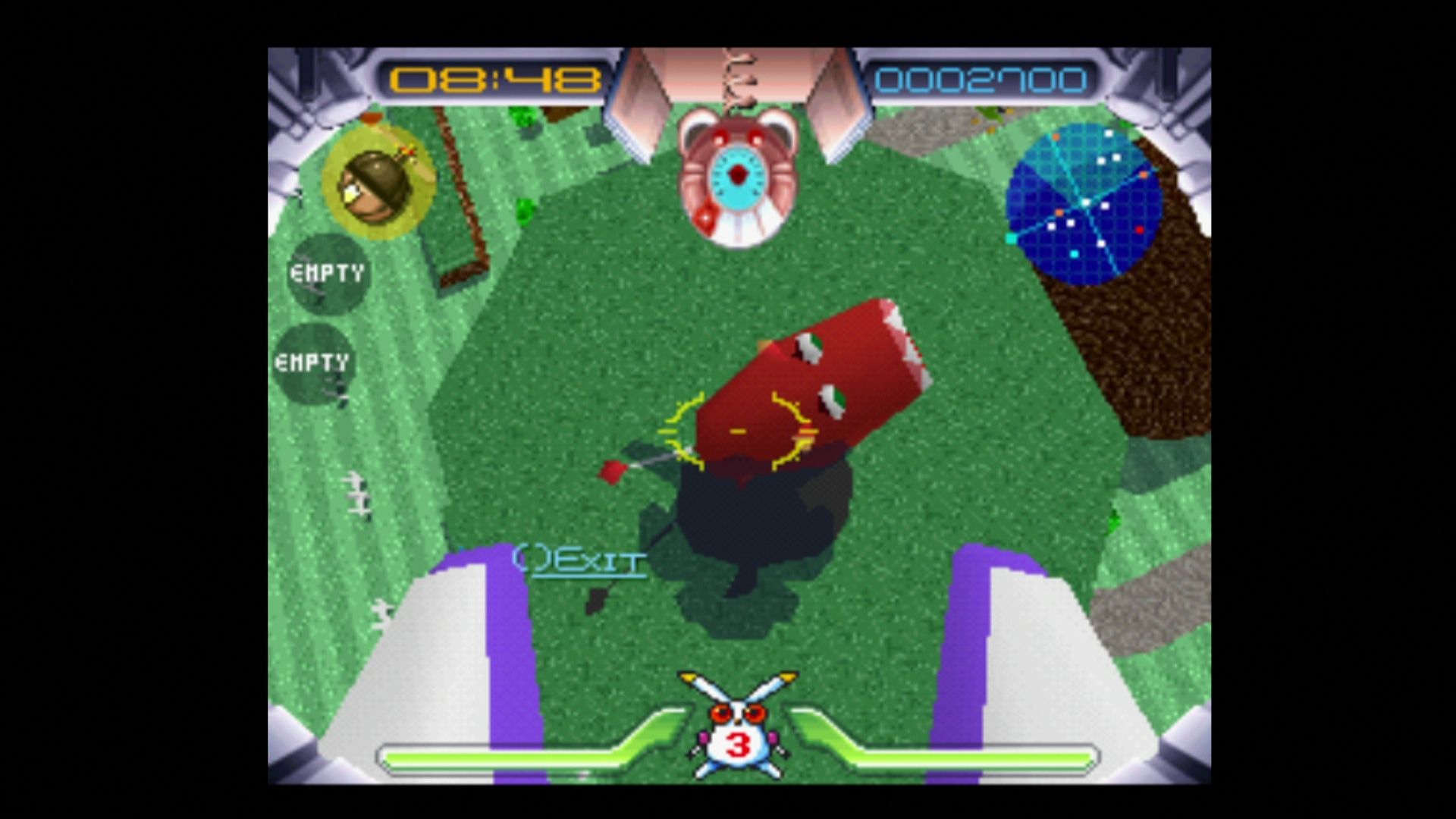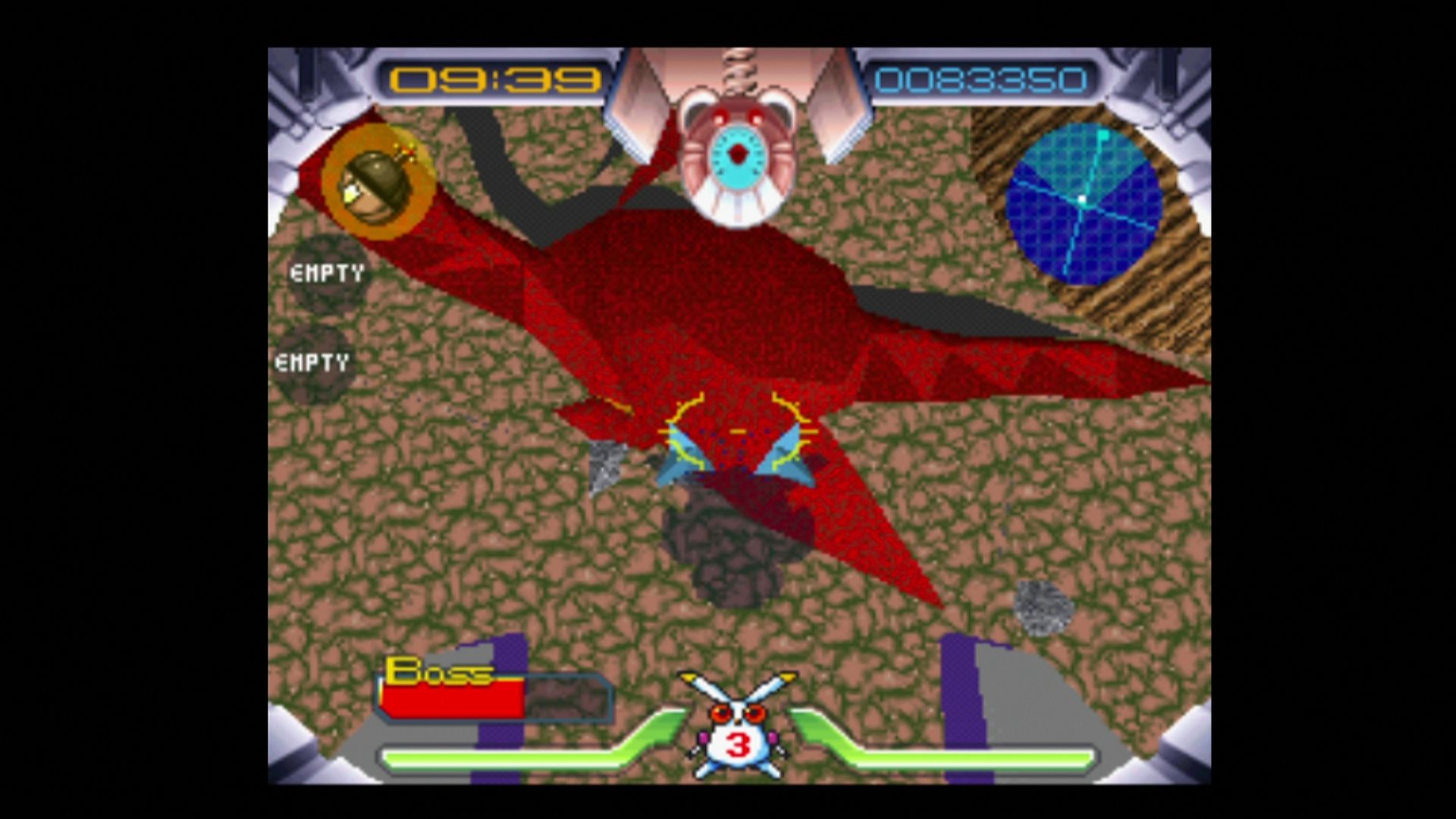Watch your step, for you’ve just entered the Graveyard. Inside, we’ll be digging up games that have long been without a pulse. You’ll see both good and bad souls unearthed every month as we search through the more… forgotten…parts of history.
The mid-'90s were an interesting time for the gaming industry. 2D side-scrolling gameplay, and 2D gaming in general, were giving way to 3D polygonal games at a fairly rapid pace. No matter how much cache was built into 2D gaming, 3D was the future and everyone wanted to latch onto it. Some companies, like Konami, were holdouts and still struggled with the transition well into the new millennium while others were able to hit the ground running with 3D gaming. The early PlayStation 1 era is very much an example of something being the best and worst of times simultaneously due to this entire new dimension being added -- but few having any idea of what to really do with it. Fortunately, Exact was a company that approached this new dimension with a distinct vision and created something that simply couldn't have been done with 16-bit technology.
However, Jumping Flash's origins are in older tech - as the game engine was also used for Geograph Seal on the Sharp X68000. This 1987-released hardware enabled some surprisingly robust polygonal graphics and in looking at GS, you can see a clear shift from that game to Jumping Flash with the core concept. Jumping Flash is best described as a 3D platformer, but unlike many early ones, it makes use of its hardware so well that the game has aged far better than games from that same time. The idea behind trouncing a decent amount of enemies in a 3D space may seem tough to do in a game with no analog stick support, but winds up being a breeze. Using the d-pad left and right, you move the camera as needed and you can see under you with every jump - so a basic jump is good for things like items, while a double or triple-powered leap upwards is your best bet to attack foes from above. A reticule in the middle of the screen shows how on-target you are, and this simplistic system works surprisingly well at allowing you to accurately aim even if the screen is crowded.
The game's plot is a bit silly, with an evil Hawaiin shirt-clad man named Baron Aloha trying to take over the world - and it's up to Robbit to grab four giant carrot icons to complete a stage and move on. Finding bonus stage icons allows you stock up on weaponry, which you'll need. While it is easy to think of this as a platformer first, it really is a shooter as well and in corridor stages, you will need to rely on those to attack. You've got rockets and firecrackers to help take out rivals, alongside your basic machine gun-style weapon. It's a shooter - but a surprisingly family-friendly one. Blasting enemies is fairly easy and the game's control scheme is very user-friendly even today. X jumps, Square shoots, and circle uses your weapon of choice. It's a good setup and one that allows you to do damage quickly in a tight space if you need to.
Jumping Flash does quite a bit with a very simple concept and makes the simple act of finding these carrots rewarding since you feel an obligation to at first find them, and then replay a stage later to find them faster. Speedrunning certainly wasn't a huge thing in '95, but in playing this again, I couldn't help but become a bit of an efficiency expert and crave a desire to beat a stage at first - but then find everything faster while still getting to the bonus stage. It's a small self-created reward, but one that ensures the game gets played and with a fairly short runtime of around an hour, replaying it several times in a long sitting is possible.
The game's blend of fast action in corridors balanced with more relaxing open-environment stages was something new at the time - and is refreshing to play over 20 years later. Being able to do these gigantic leaps above the in-game world and get a sense for the height is incredible. If this ever got a VR release, it would be a fantastic showcase for the technology for that exact reason. There's a sense of depth to the world that most lack and while it does use fog a bit too much in some settings, it is mostly used wisely in areas where it blends in - and only in open-world sections. The corrider sections don't use fog, but do suffer from some pop-in. Fortunately, the low-polygon look has aged marvelously - even if the iffy framerate hasn't. There's just enough detail in the world to see what everything is, and having Robbit's feet always in frame during large jumps helps a lot with depth perception and aiming.
Musically, the soundtrack is bright and cheery - but isn't overly memorable. The jumping sound effects intensify from jump to jump though and do sound different in corridors versus an outdoor setting. There's a surprising amount of subtlety in the weapon sounds, which also have a similar change in pitch depending on the environment and it's impressive to see such attention to detail in an early PS1 game.
Jumping Flash can be yours for $5.99 on PSN -- as can the sequel -- so it's easy to get this game on your PS3. The PS1 original was a long-box game, but did get a jewel case re-release later and was showcased on the pack-in demo disc that was released in launch window-era PS1 consoles. Playing that one demo gave me a surprisingly high amount of fun since it was so replayable and it made the game a must-buy when I could find it physically and especially when I could own it forever on the PS3 and play it with great ease via the PSN release. It's a must-buy there and an easy recommendation for anyone interested in seeing the evolution of 3D platformers as well as an early example of the genre done right despite a wide variety of technological limitations.




